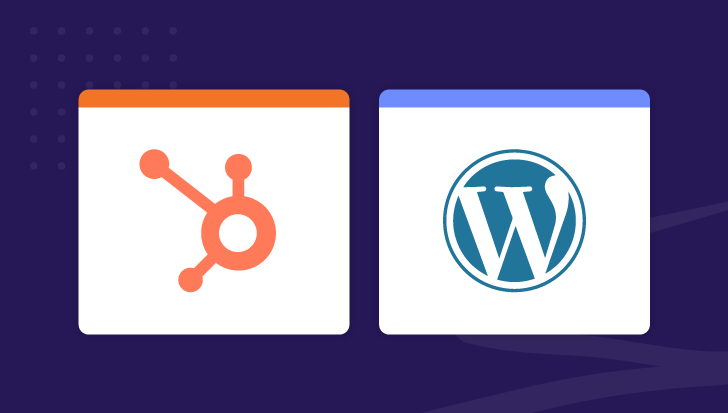




In today's competitive market, B2B companies often invest in marketing so they can stand out from their competition and ultimately generate more sales. To maximize the return on investment (ROI) of your marketing dollars, you need to generate high-quality leads and turn them into customers. However, there are quite a few steps in between investing in a marketing strategy and developing lead generation that truly makes your investment worthwhile.
How can you increase quality leads on your website?
While search engine optimization (SEO) is vital for gaining exposure to the right target audience and driving traffic to your website, it doesn't address how you will generate more leads or facilitate a visitor's decision-making process on your website.
That's where conversion rate optimization (CRO) comes in – the right CRO strategy increases conversions on your website so the marketing dollars you spend on driving traffic through efforts like SEO will pay off in higher quality leads.
The first thing you should address…what exactly does a CRO strategy involve?
Conversion is a general term that refers to a website visitor completing a desired action. For most B2B companies, the primary goal (i.e., macro-conversion) is often to get a visitor to make a purchase or request a quote. There are also micro-conversions along the buyer's journey, such as signing up for your email list or adding a product to their cart.
CRO refers to the process of enabling more users to complete a desired action (e.g., placing an order) when they're on your website by designing or modifying certain elements to increase the percentage of visitors that will convert.
There are many ways to calculate conversion rates. In general, they're calculated by dividing the number of times a visitor completes a specific action by the total number of visitors.
If a visitor can convert in each visit (e.g., buying a product on an eCommerce site), divide the number of conversions by the number of unique times the buyer comes to your site (i.e., the number of sessions.) If you sell a subscription or service (e.g., SaaS product), simply divide the number of conversions by the number of visitors.
Conversion rate optimization strategies can be applied to various website components to help achieve your business objectives:
CRO offers a sizable opportunity to increase marketing ROI by making often-simple but impactful modifications to your website. Here's how to improve your CRO strategy:
Implementing an effective CRO strategy can help you turn more website visitors into high-quality leads, who are more likely to make purchases. CRO can bring you more customers by:
B2B companies have to cater to audience segments with specific requirements and preferences. A CRO strategy can help you deliver a highly-targeted user experience that will increase sales.
Conversion rate optimization has many moving parts, and you need to dial into every component to maximize your marketing ROI.
At Spot On, we focus on CRO because it directly impacts our clients' bottom line. Not only does it deliver tangible results, but it also allows you to build a solid foundation that will benefit your marketing efforts in the long-run.
We're here to make your marketing dollars really count by getting more clicks, high-quality leads, and sales. Are you ready to grow? Schedule a time to chat with us.


Rebecca Graves co-founded Spot On in 2012. As a partner and leader of client services, she takes immense pride in being in charge of “client happiness.” The role allows her to wield her problem-solving skills while fostering big-picture perspectives and team building. Rebecca’s more than 35 years of experience have equipped her to translate strategic planning expertise for the advancement of tech companies transforming the healthcare, financial, and legal industries.
Get the latest and greatest posts sent straight to your inbox.


